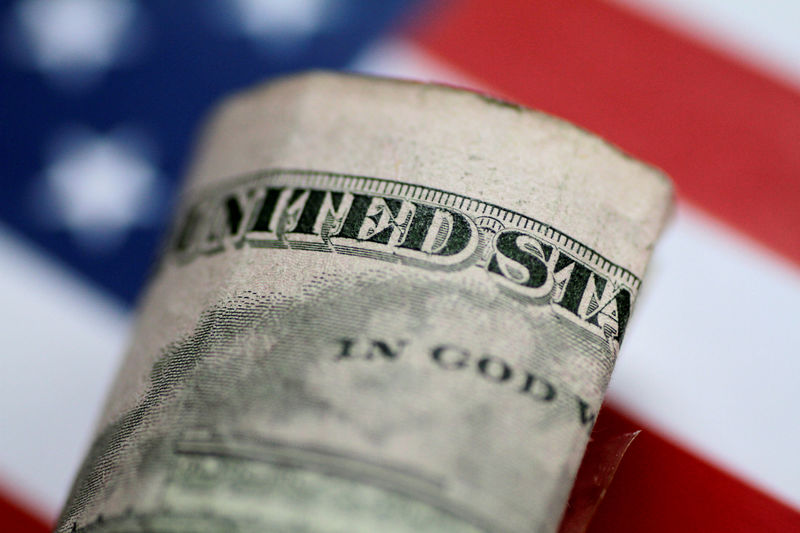 © Reuters.
© Reuters. Investing.com – The dollar rose on Tuesday, hitting a 10-month high after Treasury yields rose to a 16-year high on growing expectations that U.S. interest rates will rise further this year.
At 9:15 am (CET), the dollar, which tracks the development of this currency against a basket of six other major currencies, rose 0.2% to 105.880, after hitting its highest level since November at 106.100.
Kashkari hints at a new federal interest rate hike
The dollar received a boost after the head of the Federal Reserve Bank in Minneapolis said on Monday that the US central bank will likely have to raise interest rates further and keep them at high levels for some time to bring inflation back to normal at 2%.
“If the economy is a lot stronger than we think in terms of fundamentals, that would tell me that interest rates are likely to rise a little bit more, and then stay at elevated levels for a longer period to calm things down,” he said on one occasion. At Wharton Business School.
Last week, the Fed decided to keep interest rates in a range of 5.25%-5.50%, but policymakers also indicated that they are likely to keep interest rates high for longer than previously thought, and less than half expect to cut them to less than 5%. %. Next year.
This combination of hawkish Fed rhetoric and strong economic data has pushed it above 4.5% for the first time since 2007.
Economic figures from and within the US will be published on Tuesday, which could influence the dollar during the day.
The euro and pound fell sharply
The strength of the dollar weighed on the euro and sterling, as the possibility of the Fed raising interest rates again this year contradicts its talk of a pause in its interest rate hike cycle, while the Fed paused a long series of interest rate hikes last week. .
The pair fell 0.1% to 1.0575, extending Monday’s 0.5% decline and heading towards a 3% quarterly decline, the worst quarterly percentage loss in a year.
The pair fell 0.3% to 1.2175, recording its lowest level in six months, and is on its way to a sharp loss of 3.8% in the third quarter.
Weakness of Asian currencies
The pair rose 0.2% to 149.14, with the yen approaching its lowest levels in 11 months against the dollar. The pair remains near the 150 level, which traders hope will attract government intervention.
The currency has been falling in recent days due to a reiteration of the Bank of Japan’s extremely dovish stance, which contrasts with the Federal Reserve’s aggressive stance.
The Chinese pair remained virtually unchanged at 7.3111, near 10-month lows, weighed by persistent concerns about the weakness of the debt-laden real estate sector.
The focus this week will be on data from China, which is expected to show continued weakness in business activity.

“Social media evangelist. Student. Reader. Troublemaker. Typical introvert.”

:quality(85)/cloudfront-us-east-1.images.arcpublishing.com/infobae/TEQF6EONZRFGLLLDIDD4L2O4EE.jpg)

:quality(75)/cloudfront-us-east-1.images.arcpublishing.com/elcomercio/XU32LRAEZFDDPNVHLFU3CKVBYY.jpg)


More Stories
Bank of America has taken a drastic measure that could affect thousands of customers
With the effect of lifting, illuminating and moisturizing
$1 bills can cost up to $150,000 due to a printing error